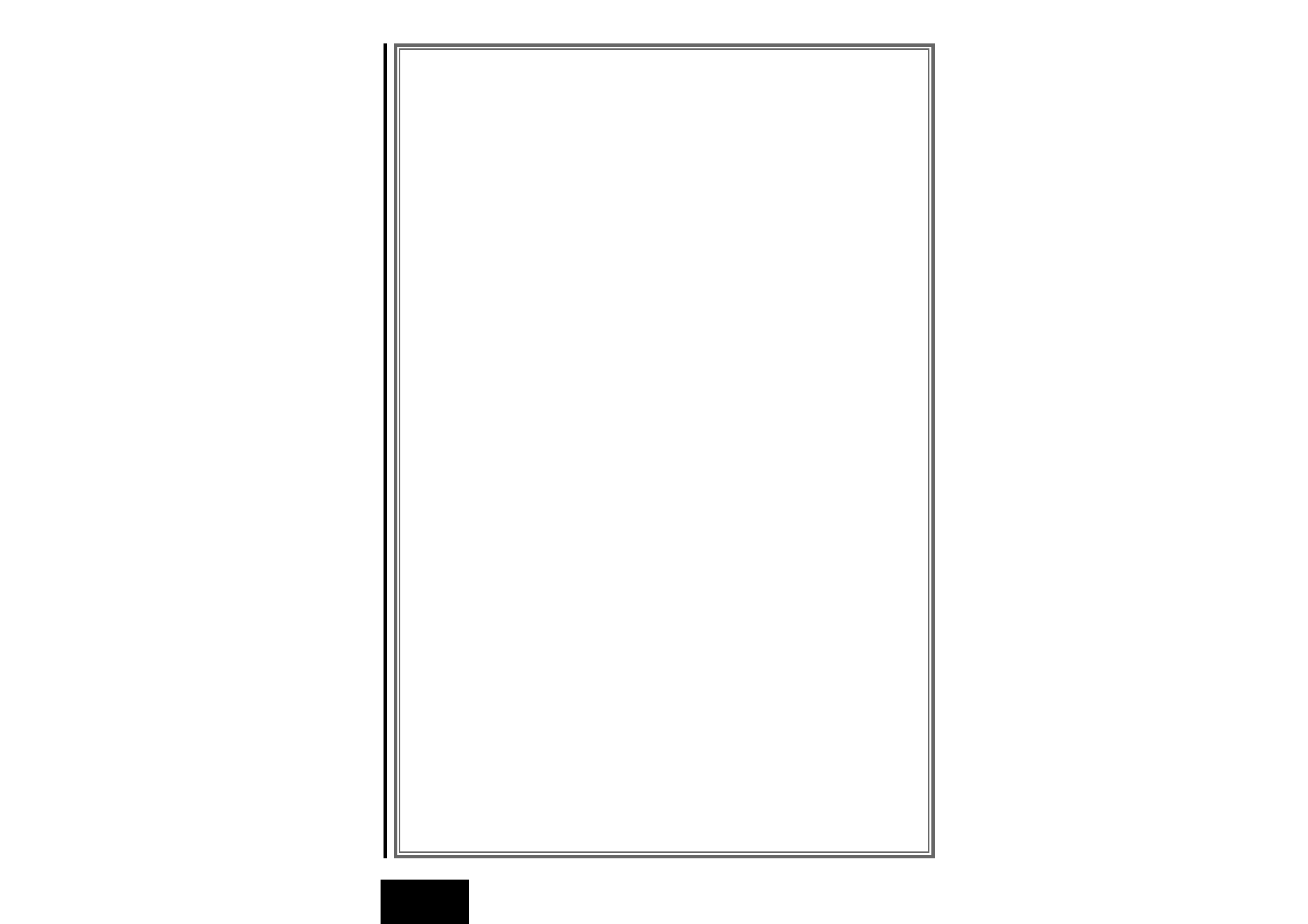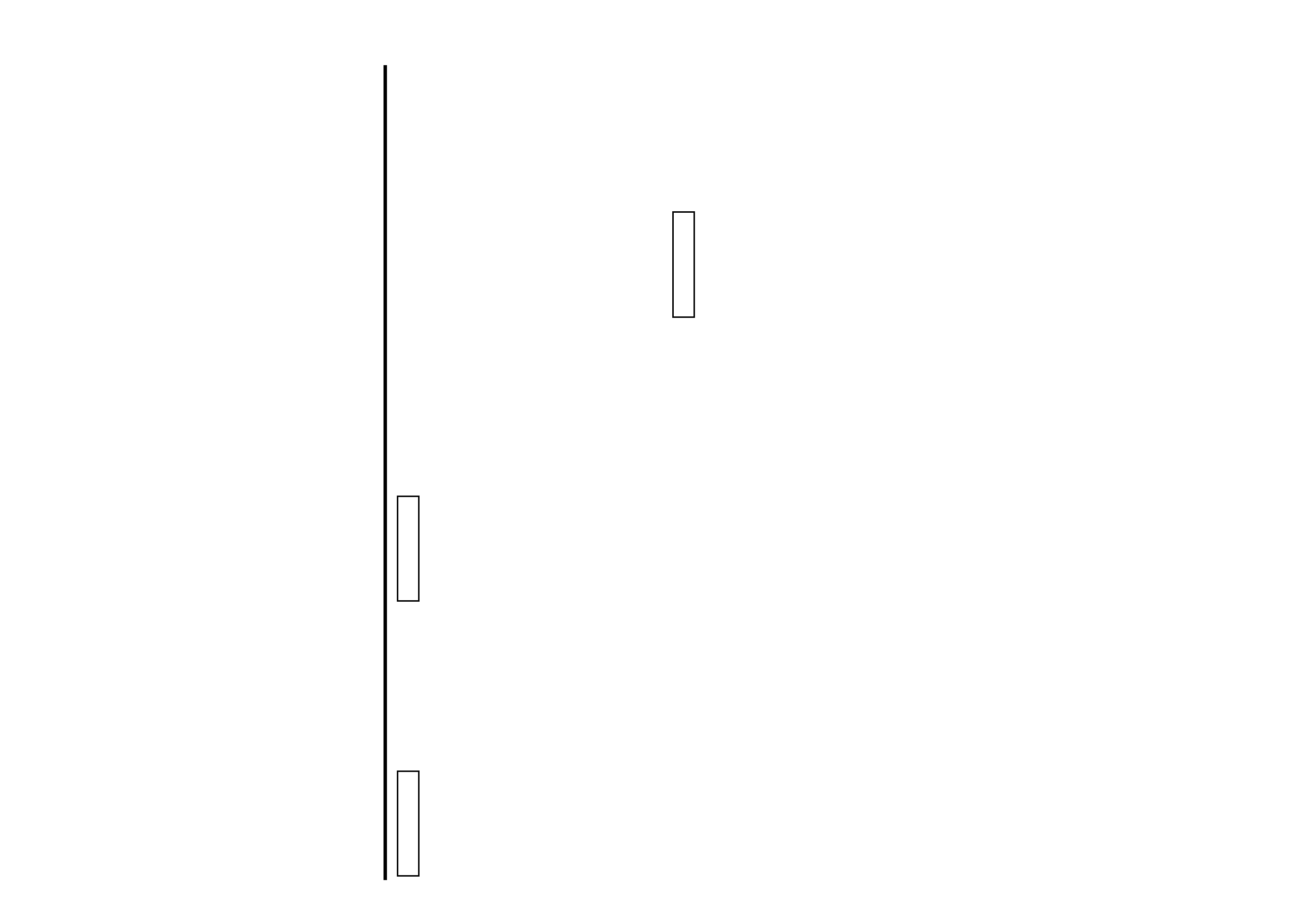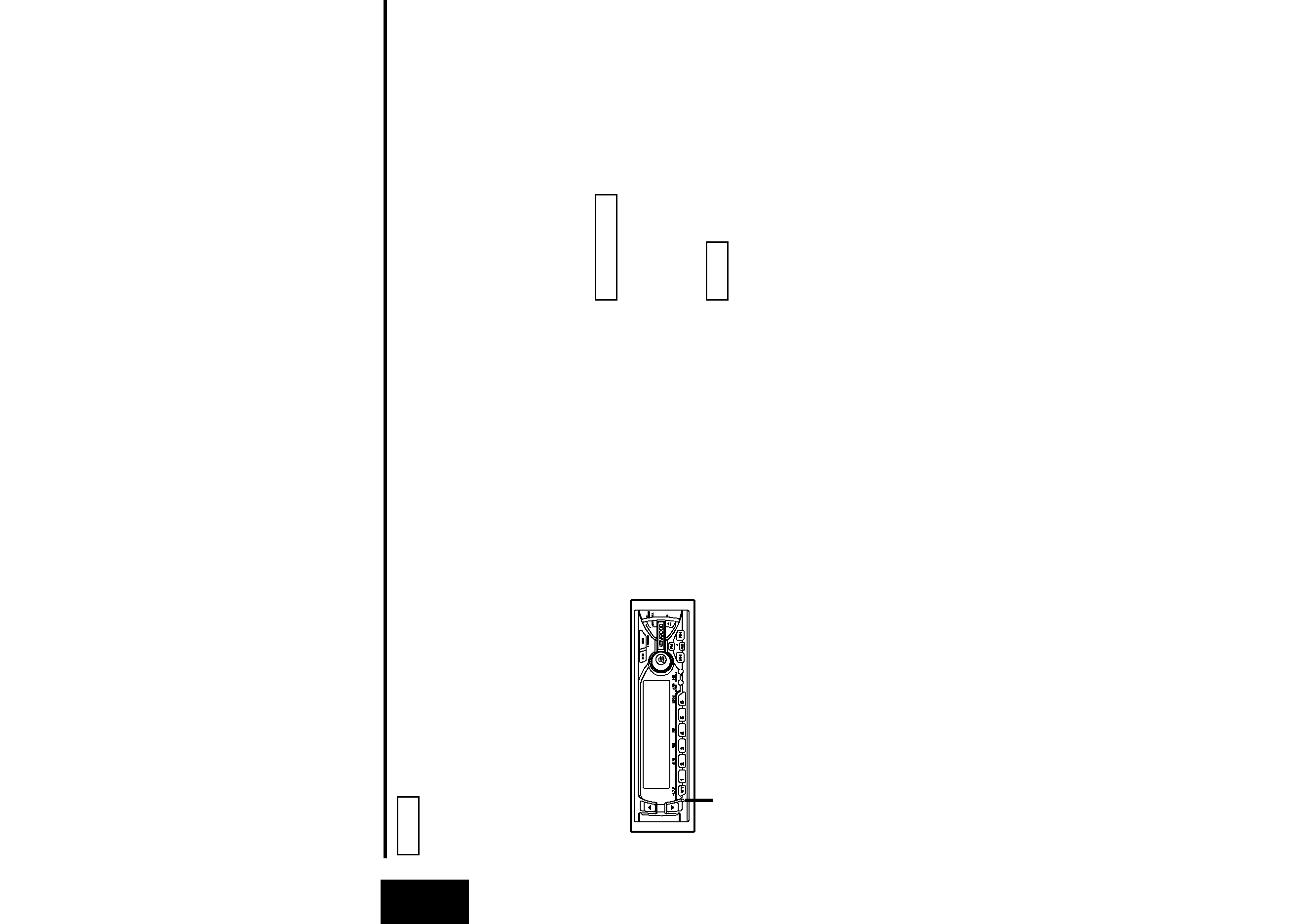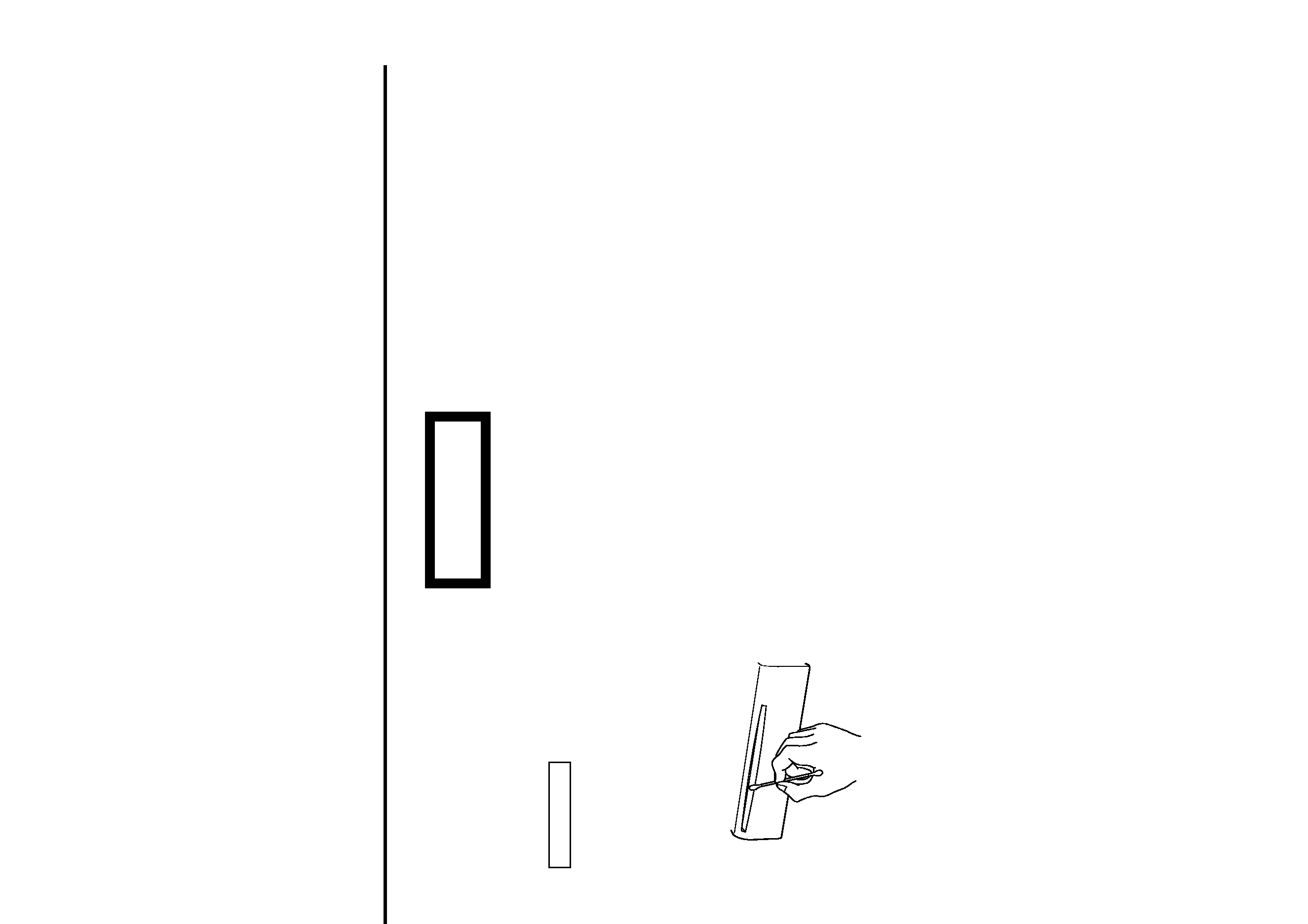
-- 2 --
English
Contents
Safety precautions ..........................3
Handling Compact discs .................6
General features
Power ...............................................................8
Switching Modes .............................................8
Volume .............................................................9
Attenuator ........................................................9
Loudness........................................................10
System Q .......................................................10
Speaker Setting..............................................10
TEL Mute .......................................................10
Faceplate Angle Adjustment ..........................11
Forced Closing ...............................................11
Removing the Faceplate ................................12
Clock display ..................................................12
Audio control features
Audio Control Setting .....................................13
Bass Centre Frequency..................................14
Bass Level......................................................14
Bass Quality Factor ........................................14
Bass Extend ...................................................14
Middle Centre Frequency ..............................14
Middle Level...................................................14
Middle Quality Factor .....................................14
Treble Centre Frequency ...............................14
Treble Level....................................................14
Balance Level .................................................15
Fader Level.....................................................15
Volume Offset................................................15
Tuner features
Tuning ............................................................16
Direct Access Tuning .....................................16
Station Preset Memory ..................................16
Switching Display for Tuner ...........................17
RDS features
RDS (Radio Data System) ..............................18
Enhanced Other Network ..............................18
Alarm ..............................................................18
Traffic Information Function ...........................18
Presetting Volume for
Traffic Information/News ...........................19
Radio Text Scroll ............................................19
Programme Type (PTY) Function ...................20
Changing Language for
Programme Type(PTY) Function ................21
CD/External disc control features
Playing CDs ....................................................22
Playing Other Disc mode ...............................22
Switching Display for Discs ...........................22
Fast Forwarding and Reversing Disc Play......23
Track Search...................................................23
Disc Search ....................................................24
Direct Track Search ........................................24
Direct Disc Search..........................................24
Track / Disc Repeat ........................................24
Track Scan......................................................25
Presetting Disc Names (DNPS)......................26
Random Play ..................................................27
Magazine Random Play..................................27
Disc Name Preset Play (DNPP) .....................28
Text / Title Scroll ............................................28
Menu settings
Menu System.................................................29
Mask Key .......................................................30
Touch Sensor Tone ........................................30
Manual Time Adjustment...............................30
Automatic Time Adjustment ..........................31
Selectable Illumination ...................................31
Switching Graphic Display..............................31
Variable Illumination Colour Setting ...............32
Contrast Adjustment ......................................32
Dimmer ..........................................................32
Time setting for removing the faceplate........33
System Q .......................................................33
External Amp Control .....................................33
News Bulletin Function
with PTY News Timeout Setting ...............33
Local Seek Function ......................................33
Selecting Tuning Mode .................................34
Auto Memory Entry .......................................34
AF (Alternative Frequency) Function..............34
Restricting RDS Region
(Region Restrict Function) .........................34
Auto TP Seek Function ..................................35
Monaural Reception ......................................35
Text Scroll ......................................................35
Power OFF Timer...........................................35
Basic Operations of remote control...36
Installtion
Accessories ....................................................39
Installation Procedure.....................................39
Connecting Cables to Terminals ....................40
Installtion ........................................................41
Removing the Unit .........................................42
Locking the faceplate to the unit ...................43
Troubleshooting Guide .................44
Specifications ...............................48












